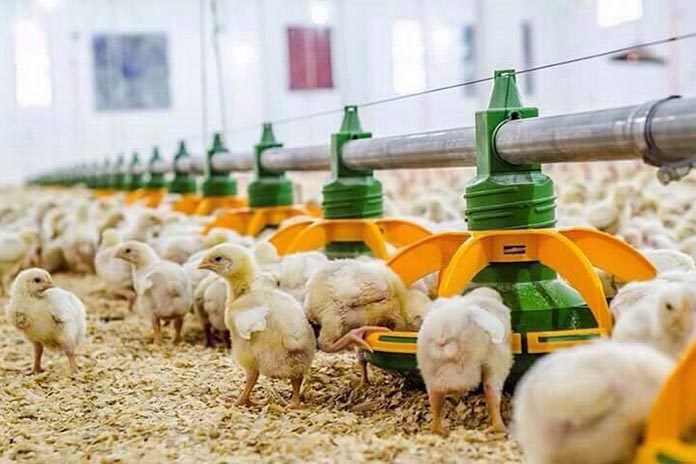
Phil Hogan to launch a market report and the stakeholder survey linked to the European Protein Plan, first announced at the XXVIII FEFAC Congress in Cordoba in June 2017.
The European compound feed industry represents the largest user of plant proteins grown in Europe and imported from third countries. FEFAC members look forward to providing their animal nutrition expertise and economic impact assessment throughout the survey period and during the planned thematic DG AGRI workshops.
FEFAC members will highlight the need for consistency across different EU policies which directly and indirectly affect the EU protein supply, including the CAP “post 2020” framework, the current review of the EU policy on renewable energies (RED II), the Circular Economy package & EU Resource Efficiency agenda 2030.
FEFAC stresses the need to focus on the competitiveness of home grown plant protein sources in the market study, noting the importance of EU cereal and oilseeds production as the key source of vegetable proteins in EU feed use as highlighted in the new EU protein balance sheet. The nutritional expertise provided by the feed industry allows making the most resource efficient use of available protein sources responding to the physiological requirements of the EU farm animal population, minimizing nutrient losses. This has led to a decrease of crude protein levels on monogastric feed by app. 3% over the past two decades by improving the digestibility and quality of plant protein sources.
FEFAC considers additional research efforts are needed to raise both yields and protein quality of EU plant protein sources (amino-acid profile and anti-nutritional factors), including oilseeds. European research programs are crucial to increase the efficiency of protein production and consumption by farm animals (digestibility).
At the same time, FEFAC reminds all stakeholders on the need to set realistic targets for EU plant protein production as the EU will not become self-sufficient for its needs in protein-rich feed materials on the short or medium-term. In the interest of the sustainable development of European livestock farming, a comprehensive responsible protein supply chain framework needs to be developed to ensure that both imported protein-rich feed materials (mainly soybean meal) and home-grown protein sources are produced responsibly, meeting GAP, environmental and social standards. The FEFAC soy sourcing guidelines launched in 2015 in partnership with ITC, provide an independent benchmark system for famer-owned and other supply chain partner programs for the production and distribution of responsibly produced soy products.

















